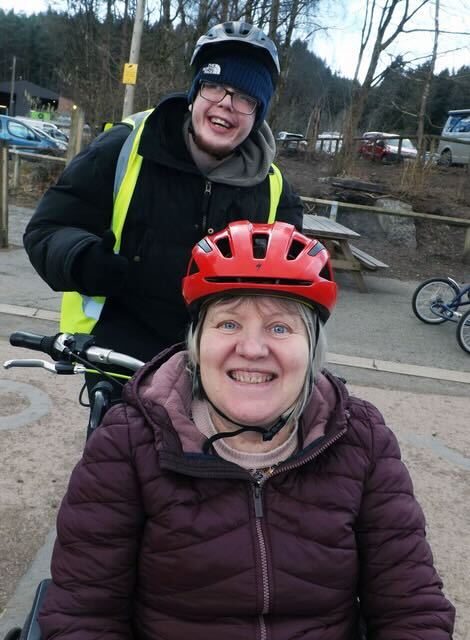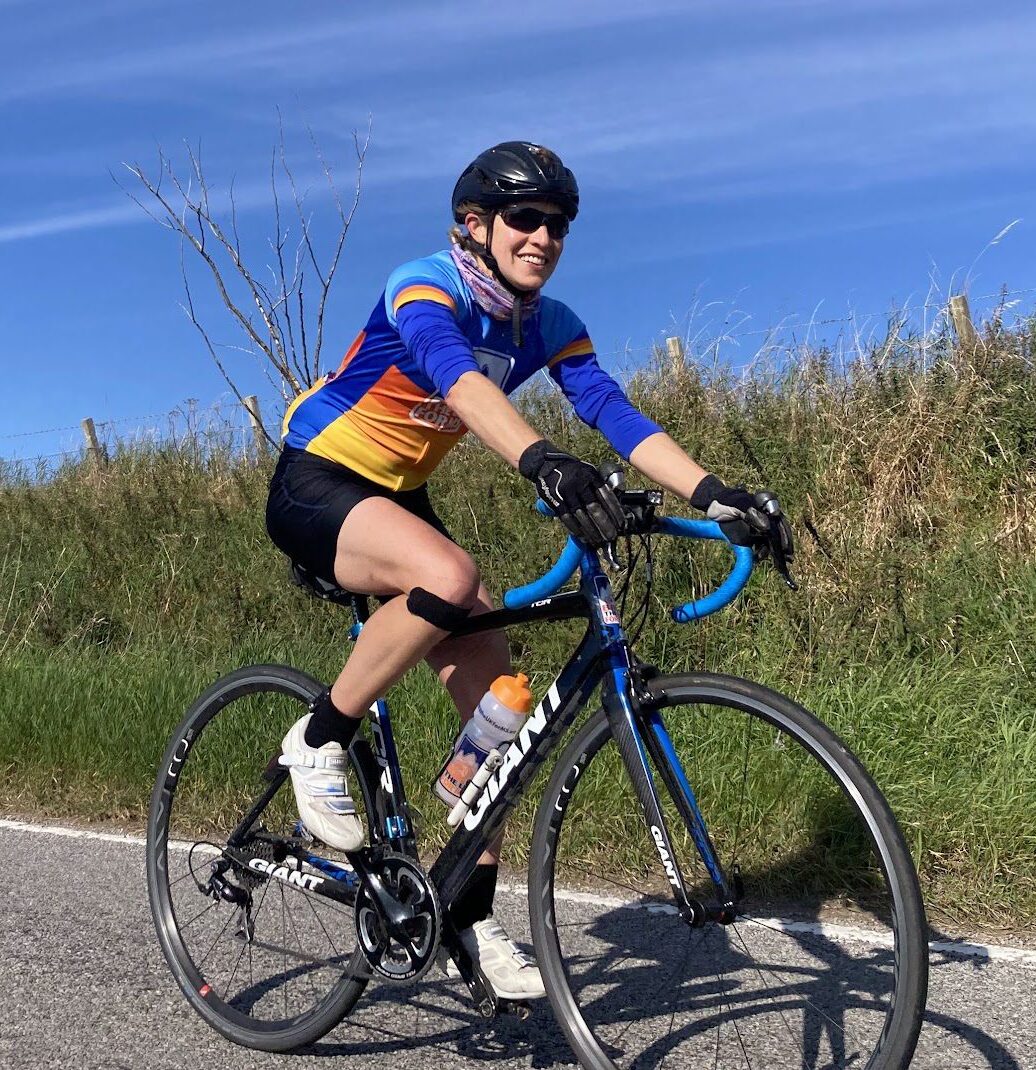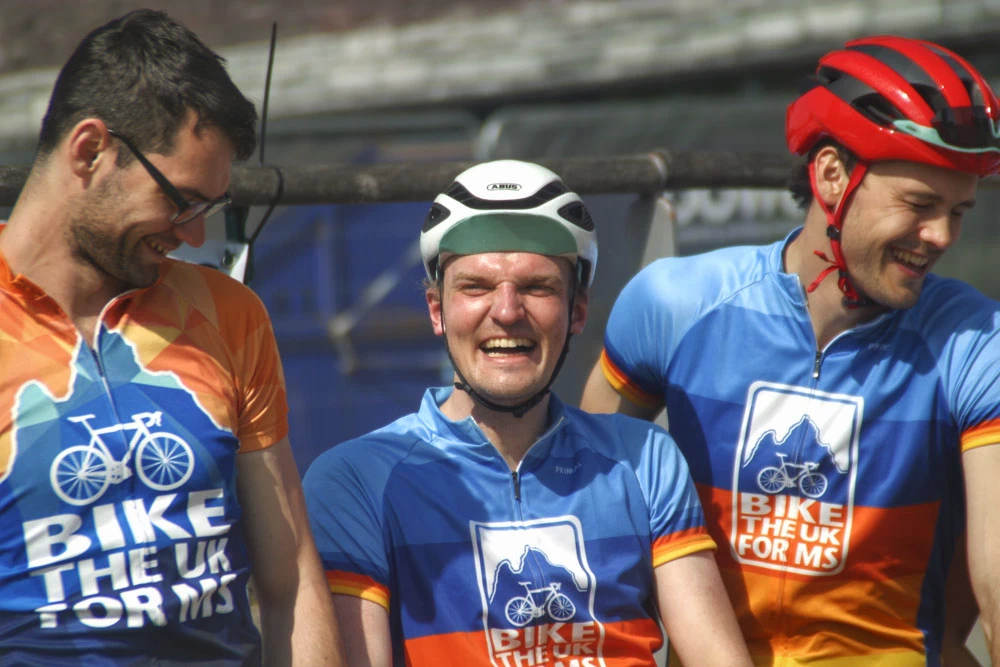Packing for a supported bike tour like our 2025 trips requires some planning – not least for what riding kit to bring. Here are some of my best tips for packing your cycling gear ahead of taking on a trip like Land’s End to John O’ Groats or Lon Las Cymru.
For our tips on packing your off-the-bike stuff, see Charlotte’s blog post from last month HERE
1. Cycling Shorts
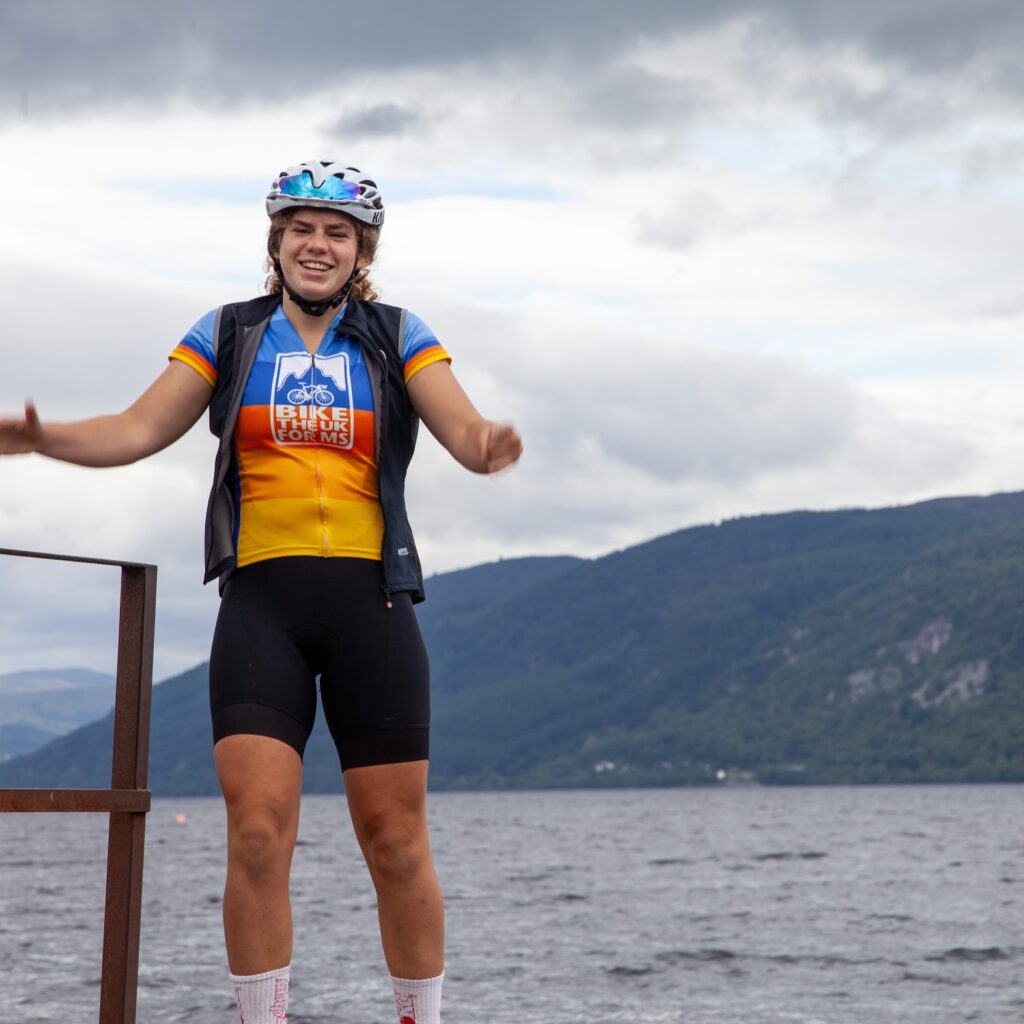
Nothing can have more impact on your comfort whilst riding than your shorts. I always start packing my cycling kit with my best pair of bib shorts, they act as a starting point for everything else.
The main question for a trip where you have many days of riding to do and a support vehicle to carry your stuff (albeit, you cannot bring the whole wardrobe!) is how many of each item to bring. For shorts this is, again, a key question. There is the aforementioned question of comfort but even more important is the question of hygiene.
Saddle sores, chaffing and worse are triggered and then exacerbated by poor hygiene “down there” and for every other packing question it is important to first answer “how am I going to make sure that my cycling shorts are clean at the start of each day’s riding?” From Tour de France professionals to the seasoned bikepacker – it can be game over for a ride if you get this one wrong.
As a result, if my trip is three days or less, then I will bring fresh shorts for each day. If the trip is longer than three days, then three pairs of shorts is an absolute minimum for me. One pair that I am wearing on a given day, one pair that was washed the evening before and have hopefully started drying and then finally another pair that are hopefully dry (or at least, no longer completely soaked) from the evening before that.
With this system, even if something has gone wrong – then you should never find yourself without clean shorts, even if they haven’t had time to dry. If there is space to put in a fourth pair (or even a fifth) then they are the priority over extra spares of other bits of kit (such as jerseys).
2. Flexible Kit can solve many packing problems
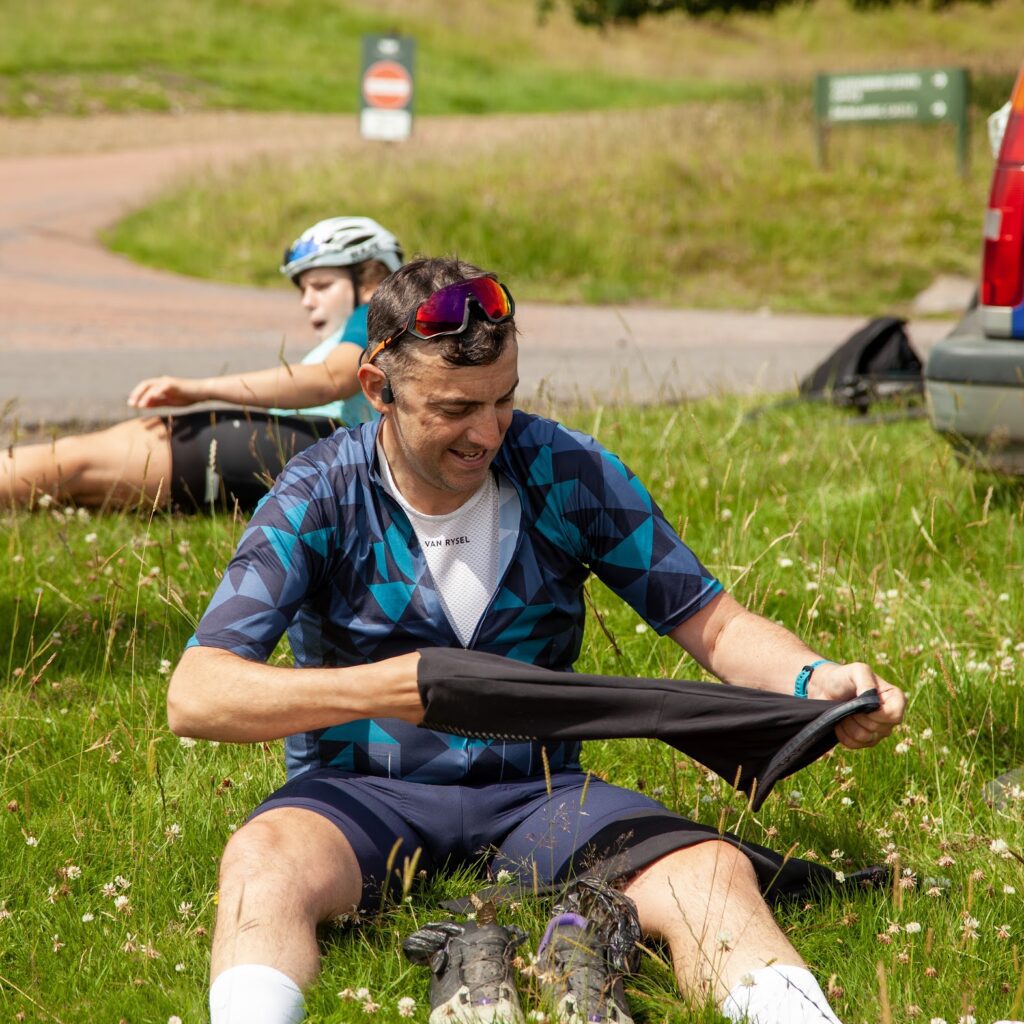
When trying to pack for the variable British weather, you can find a case for nearly any piece of cycling kit at nearly any time of year. However, the bits that go straight into the bag early doors are the ones that can be used in as wide-ranging conditions as possible. It’s a bonus if they also take up relatively little space.
Arm warmers and leg warmers can change a pair of shorts into tights and a short sleeve jersey into a long sleeved one whilst only taking up the space of a pair of socks each. Whilst they are a compromise from the real deal, in a tight packing situation they can save you lugging kit “just in case”.
The same goes for base layers (these can be long-sleeved, short-sleeved or sleeveless) and buffs. For minimal packing space they can help keep the wind off you and the warmth in whilst being easy to switch out when the weather changes and only take up a very small amount of space if they don’t end up being needed. I will normally combine a lighter wind/rain jacket with a couple of extra base layers if things get cold to save the big winter jacket being brought around for a summer trip (*more on this later!).
One extra benefit of base layers is that if you can keep them clean (in a similar way to mentioned in the section on shorts above) then you can get away with some re-used jerseys for a while longer! Combining base layers, arm & leg warmers and “normal” cycling kit can cover the vast majority of conditions outside the winter months.
It was a running café-stop talking point amongst my cycling friends whilst at university: “gilet weather”. It was always “gilet weather”; i.e. weather where a combination of a wind-proof gilet (or jacket) and arm-/leg-warmers did the trick.
3. Preparing for the worst (weather)
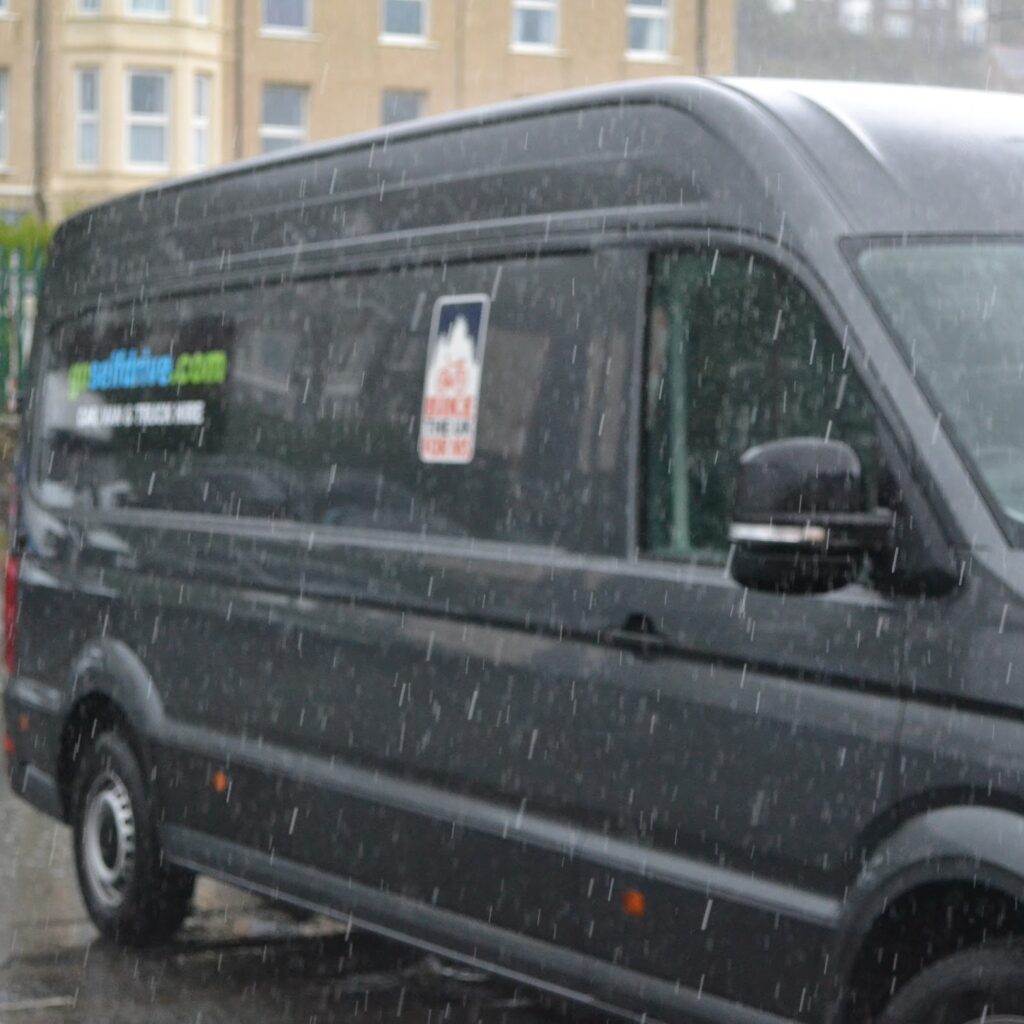
Once I was happy that I had enough of the kit choices mentioned above sorted (including socks, shoes, helmet and other non-negotiables) I would then see if I had space to put in the items that I hoped not to use: winter jacket, overshoes, winter gloves. If there was space, best to have them, right?
There have been numerous trips that I have brought those three items on for them just to float around in the bottom of the bag/box only to be brought home stinky and needing a wash despite never seeing the light of day. As a result, they can often be foregone unless space really is no issue.
Despite this, they normally do come with me!
If they do get used, it is normally for a short window; a cold morning or an exposed section where the wind is whipping across open ground. A day where rain has left puddles everywhere or if I want to ride at a more leisurely pace to socialise with riders in the group I don’t normally ride with.
The other reason that I put them in if possible is to be used should others have been caught out with what they have brought. I confidently back my flexible warm gear plan from section 2 but if someone is armed with only a jersey and shorts then a spare winter jacket in the van or some winter gloves might just make a huge difference.
4. Spares and tools
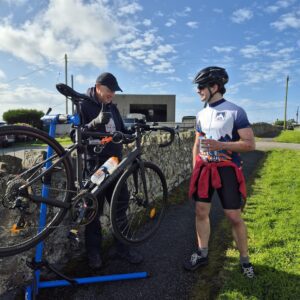
It is rarely necessary to bring the whole tool box. Especially on a ride where vehicle support is on hand. However, I do always aim to bring tools to get me out of all but the most extreme mechanical situation – ideally, as above, tools that can be flexible.
In the workshop, it might be best to have a set of spanners. But I bring the adjustable one on a trip. A full set of Allen keys and screwdrivers is ideal but a multi-tool with everything up to an 8mm (for my pedals) will be able to save space.
I bring 2-3 spare tubes and then a patch kit as a last resort should I really have puncture problems. I use a mini pump but even if I was relying on CO2 canisters the pump as a backup is essential (in my opinion, having had to offer mine up multiple times when others have had tubeless/CO2 let them down.
Add in a chain breaker, tyre levers, some tape and some lubricant and then you can cover most of what goes wrong. There is of course an endless further list of things that you could bring – it normally pays to ask the rest of the group if anyone else is bringing something that could be shared. No point having ten bottom bracket tools or crank extractors!
The other mechanical-related thing that I get hold of before a trip like Bike the UK for MS is a spare set of cleats. I find I do more walking about than on a normal day-to-day ride and so they wear out a little quicker than normal. Whilst rarely ride-ending, if can become a major frustration and ruin a lot of the fun.
My worst crime in this department was when I was checking out the King Alfred’s Way route a few months ago – I brought my cycling shoes but still had my flat pedals on my bike! Bigger issues than worn out cleats at that point…



